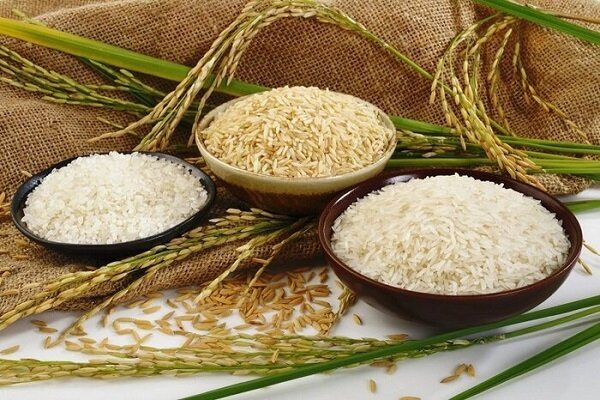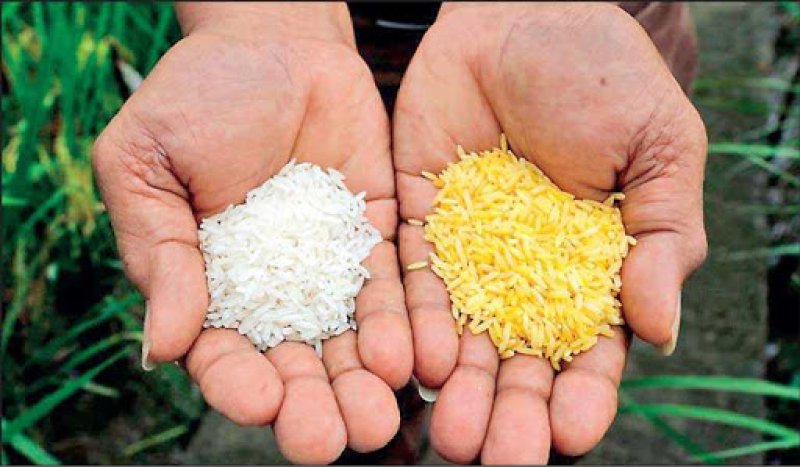What is modified rice?

Crossbreeding or hybridization of rice, which leads to the production of modified rice, is carried out with the aim of increasing the resistance of the rice plant to certain pests and diseases, improving the quality of rice grain, creating desirable properties, eliminating rice defects, and ultimately achieving high yield and production. For this purpose, rice varieties that have the desired characteristics are crossed with each other, in other words, hybridization is performed.
For example, high-quality long-grain rice varieties are crossed with disease- or pest-resistant rice varieties to produce high-yielding, long-grain, pest-resistant rice. The seed of the plant resulting from the crossing is only capable of germination and growth for a period. The following points are reflected in the experiences and knowledge of experienced people involved in the production and sale of rice:
Quality characteristics such as aroma, taste, marketability, and digestibility are lower in most high-yielding varieties than in native varieties, but their production percentage and yield are higher. Because the production of high-yielding rice is often due to the elimination of traits that reduce yield in native varieties. These traits include tall plants, low fertilizer tolerance, and susceptibility to diseases and dormancy.
In most high-quality indigenous varieties, the grain texture, color, and appearance are chalky and opaque, while many high-yielding and hybrid varieties are non-chalky and transparent. However, among the high-yielding varieties, there are also cream-colored, opaque, and chalky varieties that resemble some indigenous varieties.
Native varieties have their own unique aroma and flavor when cooked, and after cooking, the grains become long, elongated (in elongated varieties), and somewhat swollen. Cooked native rice remains tasty and soft for a long time and can be eaten by reheating. This is sometimes not true for high-yielding and hybrid rice varieties, as the rice grains become fat and bulky when cooked, and sometimes split along the length of the grain, and they usually have no aroma or flavor after cooking. It is worth noting that the quality of digestion is higher in native varieties.
Shiroodi, Nemat, Fajr, Gohar, Kadus, Khazar, Sahel, Amol 3, Deylam, Sepid Rood, Dasht, and Neda are among the high-yielding varieties.


